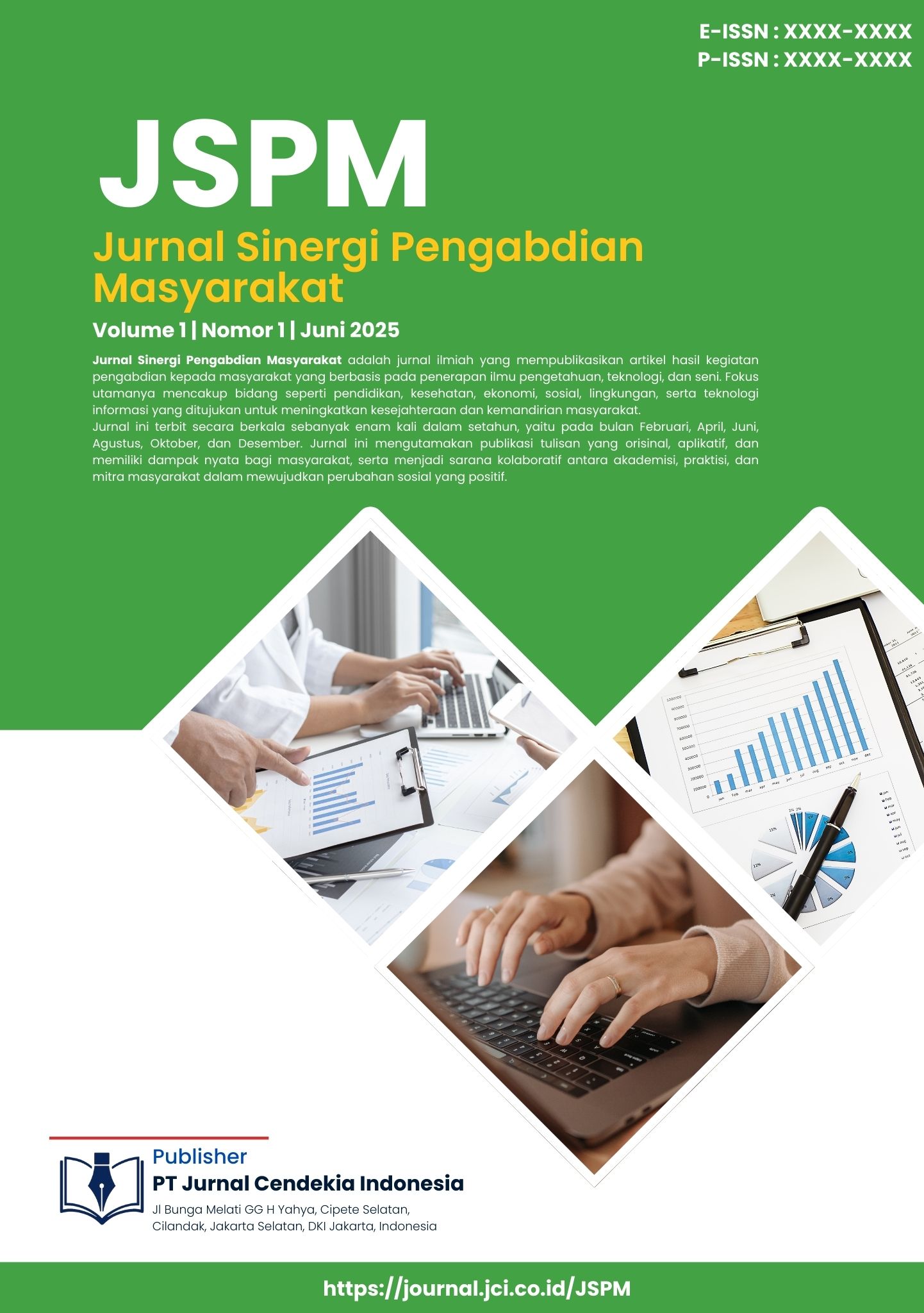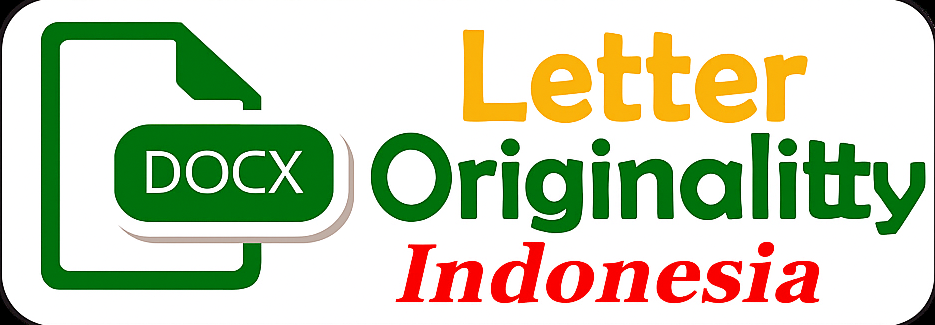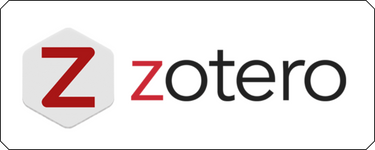Introduction to Office Software Using Microsoft Office at SMPN 14 Depok
Keywords:
Social Media, Digital Branding, Digital Skills, Training, Vocational High School StudentsAbstract
This Community Service Program (PKM) aims to enhance students’ digital competencies by providing training on the use of social media as a primary platform for digital branding. The activity was carried out at SMKN 04 Kota Tangerang and involved students as active participants. The training materials covered brand identity, content planning, and the importance of visual consistency in building a strong digital presence. The sessions emphasized hands-on practice and interactive participation, particularly in content creation for social media platforms. The training effectively improved students’ understanding and skills in managing social media with a more strategic and creative approach. Participants were able to design content tailored to their target audience and utilize social media as an efficient promotional tool. Despite technical challenges such as limited devices and internet access, these obstacles were managed through schedule adjustments and support from the school. This program provided a valuable contribution to preparing students for digital-era challenges and opened opportunities for independent entrepreneurship. To ensure sustainable impact, similar training sessions are recommended to be held regularly, supported by adequate facilities and post-training online discussion forums. Continuous involvement from schools, government agencies, and the private sector is essential to strengthen the competitiveness of the younger generation in the evolving digital ecosystem.
References
Aaker, D. A. (2020). Building strong brands. Free Press.
Ashley, C., & Tuten, T. (2015). Creative strategies in social media marketing: An exploratory study of branded social content and consumer engagement. Psychology & Marketing, 32(1), 15–27. https://doi.org/10.1002/mar.20761
Belanche, D., Casaló, L. V., & Flavián, C. (2021). Artificial Intelligence in advertising: Effects on attitudes and purchase intentions. Journal of Business Research, 124, 311–326. https://doi.org/10.1016/j.jbusres.2020.11.020
Budiman, A. (2022). Strategi branding UMKM melalui media sosial di era digital. Jurnal Ekonomi dan Kewirausahaan, 20(1), 56–67.
Constantinides, E. (2014). Foundations of social media marketing. Procedia - Social and Behavioral Sciences, 148, 40–57. https://doi.org/10.1016/j.sbspro.2014.07.016
Dwivedi, Y. K., et al. (2021). Social media marketing and advertising. International Journal of Information Management, 59, 102168. https://doi.org/10.1016/j.ijinfomgt.2021.102168
Gunelius, S. (2011). Content marketing for dummies. Wiley.
Halligan, B., & Shah, D. (2020). Inbound marketing: Get found using Google, social media, and blogs (2nd ed.). Wiley.
Hootsuite. (2023). Digital 2023: Global overview report. We Are Social & Meltwater. https://datareportal.com/reports/digital-2023-global-overview-report
Indrawan, R., & Yudoko, G. (2021). Peningkatan branding digital pada UMKM melalui pelatihan media sosial berbasis visual content. Jurnal Pengabdian Kepada Masyarakat, 3(1), 78–85. https://doi.org/10.1234/jpkm.v3i1.4567
Kotler, P., Kartajaya, H., & Setiawan, I. (2021). Marketing 5.0: Technology for humanity. Wiley.
Kurniawan, A., & Nugroho, D. (2022). Pemanfaatan platform media sosial dalam penguatan citra merek digital UMKM. Jurnal Komunikasi dan Bisnis Digital, 4(2), 45–55.
Mangold, W. G., & Faulds, D. J. (2009). Social media: The new hybrid element of the promotion mix. Business Horizons, 52(4), 357–365. https://doi.org/10.1016/j.bushor.2009.03.002
Munar, A. M., & Jacobsen, J. K. S. (2014). Motivations for sharing tourism experiences through social media. Tourism Management, 43, 46–54. https://doi.org/10.1016/j.tourman.2014.01.012
Safko, L. (2012). The social media bible: Tactics, tools, and strategies for business success (3rd ed.). Wiley.
Samuel, A., & Zahra, S. (2020). Digital branding: Building and sustaining brand identity in a digital world. Journal of Brand Management, 27(4), 347–361. https://doi.org/10.1057/s41262-019-00160-0
Solis, B. (2011). Engage!: The complete guide for brands and businesses to build, cultivate, and measure success in the new web. Wiley.
Sugiyono. (2021). Metode penelitian pendidikan: Pendekatan kuantitatif, kualitatif, dan R&D. Alfabeta.
Turban, E., King, D., Lee, J. K., Liang, T. P., & Turban, D. C. (2018). Electronic commerce 2018: A managerial and social networks perspective (9th ed.). Springer.
Wijaya, B. S. (2021). Penerapan strategi konten media sosial untuk meningkatkan engagement UMKM di Indonesia. Jurnal Teknologi dan Sistem Informasi, 9(2), 101–110.
Downloads
Published
Issue
Section
License
Copyright (c) 2025 Nandi Adi Nugroho, Adrian Chandra Kusumah, Genta Aldora Leopriandis, Achmad Khautsar Rizaldi, Kezia Maruenci (Author)

This work is licensed under a Creative Commons Attribution 4.0 International License.
License: Creative Commons Attribution 4.0 International (CC BY 4.0).















 This work is licensed under a
This work is licensed under a 